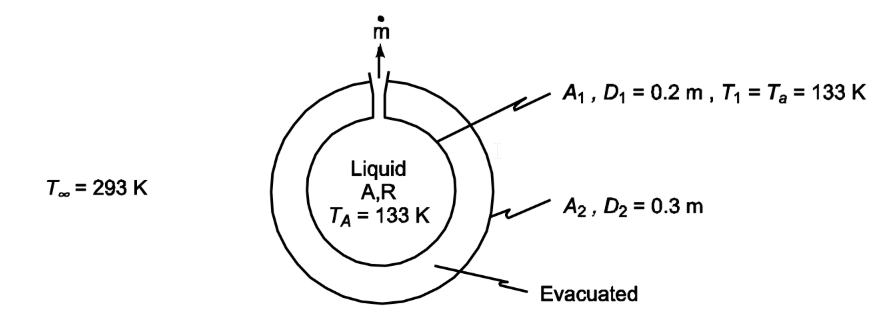The largest number of stable nuclei that exist in
nature have
a) both odd proton numbers and odd neutron numbers.
b) odd proton numbers but even neutron numbers.
c) both even proton numbers and even neutron numbers.
d) odd neutron numbers but even proton numbers.
c
You might also like to view...
A proton moves through a magnetic field of magnitude 1.40 T with speed 5.00 ´ 106 m/s. What is the magnitude of the maximum acceleration of the proton? The mass of a proton is 1.67 ´ 10–27 kg, and its charge is 1.6 ´ 10–19 C.
a. 3.42E+14 m/s b. 6.71E+14 m/s c. 3.35E+21 m/s d. 1.71E+21 m/s
State Coulomb's law for magnetic poles
The nuclear force is:
a. weaker than the electromagnetic force. b. almost independent of charge. c. long range. d. stronger with positively charged particles. e. always negatively charged.
Two concentric spheres 0.2 m and 0.3-m in diameter, with the space between them evacuated, are to be used to store liquid air (133 K). If the surfaces of the spheres have been flashed with aluminum and the liquid air has a talent heat of vaporization of 209 kJ/kg, determine the number of kilograms of liquid air evaporated per hour.
GIVEN
• Two concentric spheres with the space between them evacuated and liquid air in the inner sphere
• Diameters ? D1 = 0.2 m ? D2 = 0.3 m
• Liquid air temperature (Ta) = 133 K
• Room temperature (T?) = 293 K
• Surfaces of the spheres have been flashed with aluminum
• Heat of vaporization of liquid air (hfg) = 209 kJ/kg = 209,000 J/kg
FIND
• The number of kilograms of liquid air evaporated per hour ( )m
ASSUMPTIONS
• Steady state
• Convective thermal resistance between the liquid air and interior sphere is negligible
• Thermal resistance of the sphere walls is negligible
• Natural convection on the exterior is negligible
• The room behaves as a blackbody enclosure
• The thickness of the sphere walls in negligible
SKETCH

PROPERTIES AND CONSTANTS
the Stephan-Boltzmann constant (?) = 5.67 × 10–8 W/(m2 K4)
the hemispherical emissivity of the spheres will be approximated by that for oxidized aluminum at 310 K: ? = ?1 ? 2 = 0.11